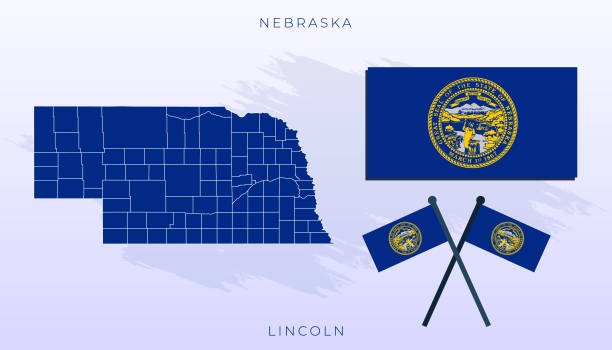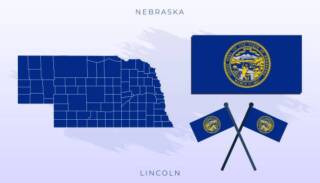A motorhome represents more than just a vehicle. It is often a home on wheels, a place for adventure, and a major investment. Whether you are a weekend camper or a full-time road explorer, having the right insurance coverage for your motorhome is essential. However, not all policies are created equal, and understanding what is typically included or excluded can help you avoid costly surprises down the line.
This article takes a closer look at what motorhome insurance usually covers and what it often does not, so you can travel with confidence and peace of mind.
Standard Inclusions in Most Motorhome Insurance Policies
A comprehensive motorhome insurance policy usually provides protection for a wide range of situations. The most basic coverage often includes accidental damage, theft, fire, and third-party liability. This means if you accidentally hit another vehicle or damage someone’s property, your insurance can help cover the costs.
Natural disasters such as storms, hail, and flooding are generally included in comprehensive policies, though you should always double-check the fine print. Australia’s extreme weather patterns make this type of coverage especially important for motorhome owners.
When it comes to motorhome insurance Australia providers typically also include coverage for windscreen damage, emergency accommodation, and towing. If your motorhome breaks down or becomes uninhabitable due to an insured event, your policy may pay for temporary lodging and transport to a repair facility. Some insurers even offer new-for-old replacement if your motorhome is written off within a certain number of years from its original registration date.
What Happens with Personal Belongings
Many motorhome owners travel with valuable items such as laptops, cameras, outdoor gear, and kitchen appliances. Some insurance policies include limited cover for personal belongings stored inside the motorhome, but the amount is often capped. In many cases, high-value items may not be fully covered unless they are specified separately on the policy.
If you are travelling with expensive equipment or personal items, it is a good idea to check the sub-limits and consider additional contents insurance if needed. This is especially important if you live in your motorhome full time, as traditional home contents policies may not apply.
What is Typically Not Covered
While motorhome insurance offers a strong level of protection, there are several common exclusions you should be aware of. General wear and tear, rust, mechanical breakdowns, and damage due to lack of maintenance are rarely covered. This means that routine servicing and repairs are still your responsibility as an owner.
Most policies also exclude damage caused by illegal activities or driving under the influence of alcohol or drugs. If the driver of the motorhome is unlicensed or not listed on the policy, any resulting claims may be denied.
Some insurers may also place limits on where you can travel. For instance, driving off-road or through flood-prone areas may void your coverage unless your policy specifically allows for it. Always inform your insurer if you plan to venture into remote or high-risk regions.
Towing and Emergency Assistance
Towing is another important feature of motorhome insurance. Many policies cover towing to the nearest repairer following an accident or breakdown, but the distance and service options can vary. Some insurers offer roadside assistance as an optional extra, which can be helpful for issues like flat batteries, locked-in keys, or tyre changes.
However, towing due to running out of fuel or simple driver errors may not be included, unless you have selected a more comprehensive level of roadside cover. It is worth reviewing what emergency services are offered and whether they align with your travel plans.
Making the Right Choice
Choosing the right motorhome insurance policy comes down to understanding your lifestyle, travel habits, and personal needs. A policy that works well for short-term holidaymakers may not offer enough protection for long-term travellers or full-time vanlifers. Always read the Product Disclosure Statement carefully and speak with your insurer to clarify any grey areas.
By knowing exactly what your policy includes and excludes, you can make better decisions about additional coverage and avoid surprises when it matters most. After all, your motorhome is more than just transport—it is your home on the road.






